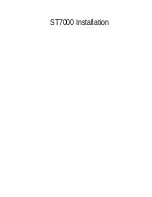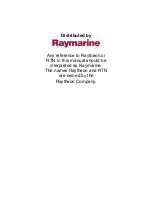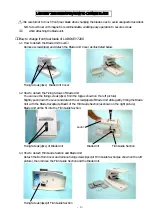
Plasmid DNA Purification
MACHEREY-NAGEL – 01/2008/ Rev. 04
10
4
NucleoBond
®
Xtra plasmid purification system
4.1
Basic principle
The bacterial cells are
lysed by an optimized set of newly formulated buffers based
on the NaOH/SDS lysis method of Birnboim and Doly
.
After equilibration of the
NucleoBond
®
Xtra column
together with the corresponding
NucleoBond
®
Xtra column filter
, the entire lysate is loaded by gravity flow and si-
multaneously cleared by the specially designed column filter.
Plasmid DNA is bound to the
NucleoBond
®
Xtra silica resin
.
After an efficient washing step the plasmid DNA is eluted, precipitated, and easily
dissolved in any suitable buffer (e.g. low-salt buffer or water) for further use.
4.2
NucleoBond
®
Xtra anion-exchange columns
NucleoBond
®
Xtra
is a silica-based anion-exchange resin, developed by
MACHEREY-NAGEL and covered under European Patent EP 0 496 822. It is devel-
oped for routine separation of different classes of nucleic acids like oligonucleotides,
RNA, and plasmids.
NucleoBond
®
Xtra
silica resin
consists of hydrophilic, macroporous silica beads
functionalized with MAE (methyl-amino-ethanol). The dense coating of this functional
group provides a high overall positive charge density under acidic pH conditions that
permits the negatively charged phosphate backbone of plasmid DNA to bind with
high specificity (Figure 1).
Figure 1
Ionic interaction of the positively charged methyl-hydroxyethyl-amino group with the
negative phosphate oxygen of the DNA backbone
. In contrast to the widely used DEAE
(diethylaminoethanol) group, the hydroxy group of methyl-hydroxyethyl-amin can be in-
volved in additional hydrogen bonding interactions with the DNA.
Birnboim, H. C. and Doly, J., (1979) Nucl. Acids Res. 7, 1513-1523











































